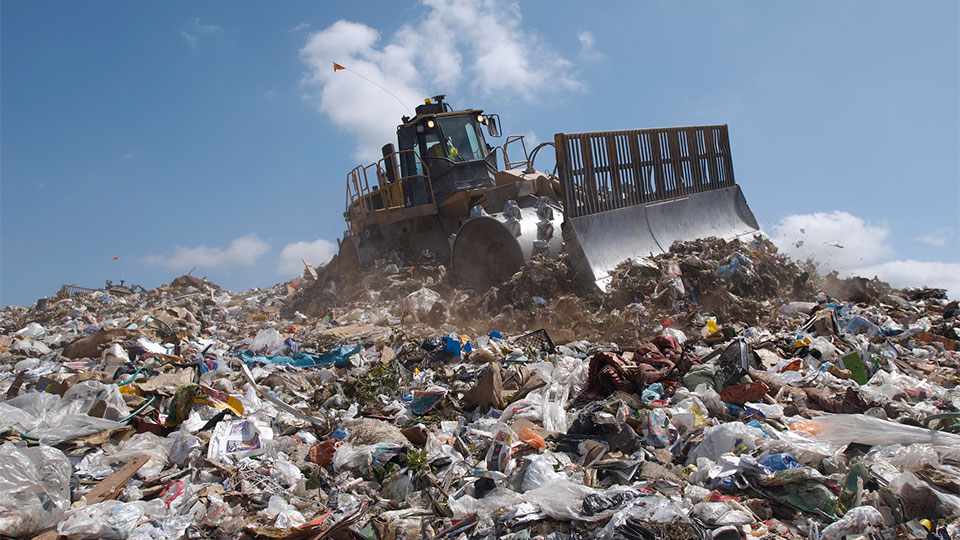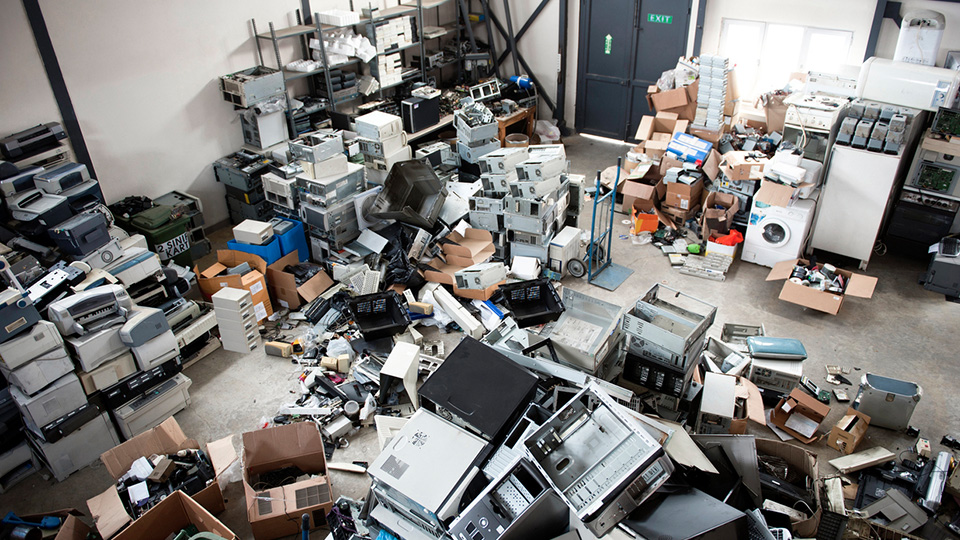We all know that eating fish is good for us, right? Rich in omega 3s (good for the heart), packed full of protein and delicious to boot, what’s not to love?
Well, some types of fish can accumulate quite high levels of mercury, and that’s not so good for us. The question then becomes, which fish are safest to eat?
Fortunately there’s a really handy infographic that provides a useful guide. It also explains where most of that mercury comes from and how it gets into fish. Most importantly it tells us how often it is safe to enjoy different types of fish.
The good news is that there are plenty of species of fish that can be enjoyed regularly. And while this chart is based on American data, many of the fish are familiar to Australian dinner plates.
As a simple principle, the lower down the food chain the lower the mercury content. This is because mercury gets concentrated at each step along the chain – the top predators end up with the biggest dose.
Before running off to the fish monger there’s one other thing to consider. Fish might be good for us, but we may not be good for them. Many fisheries have been over-exploited or are under pressure. So if you want your seafood low in mercury and sustainable, you might want to cross check with a source like GoodFishBadFish.
Reducing The Amount Of Mercury In All Fish
We can all do our bit to reduce the amount of mercury released into the environment by recycling our compact fluorescent lighting, e-waste, medical waste and other mercury-containing waste.
If you’re a business do your part to help. Call Ecocycle on 1300 32 62 92, or fill out the form and one of our recycling specialists will be happy to design a recycling program specifically for you.






